Chevrolet’s 1957 Black Widow, a souped-up 150 sedan, was a NASCAR beast built to skirt racing bans and take on Ford’s best. Crafted by SEDCO with GM’s backing, it was no showroom car but a track weapon that ruled the 1957 season. Its fuel-injected power and clever engineering left a lasting mark, even if it vanished quickly.
Built by SEDCO, not Chevy
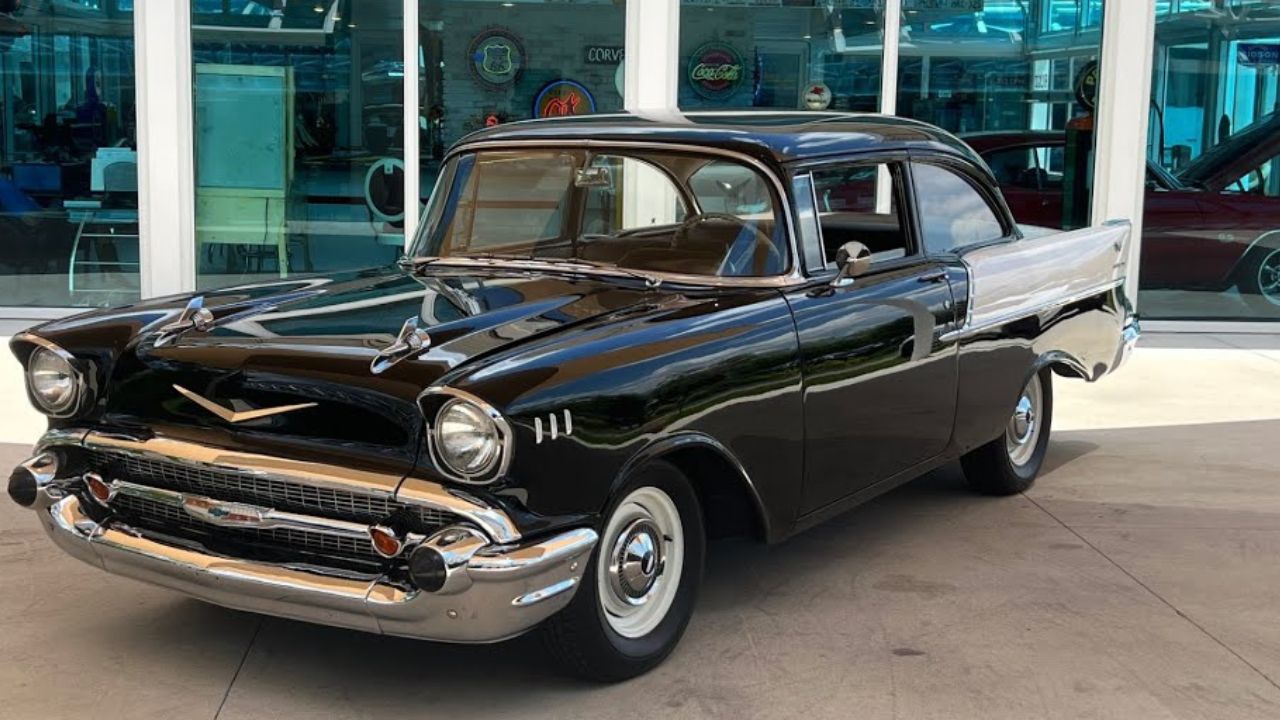
The Black Widow came from SEDCO, a front for GM to dodge the 1957 AMA racing ban after Le Mans’ 1955 crash. Chevy shipped six 150 sedans to Nalley Chevrolet in Atlanta, where Vince Piggins prepped them for ~$1,500 each. Titled to mechanic Hugh Babb, they kept GM’s hands clean.
These weren’t dealer cars but race-ready machines, built with factory parts and know-how. SEDCO’s setup let Chevy compete on the sly, giving teams like Buck Baker’s the edge to dominate NASCAR’s ovals.
Just six true Black Widows
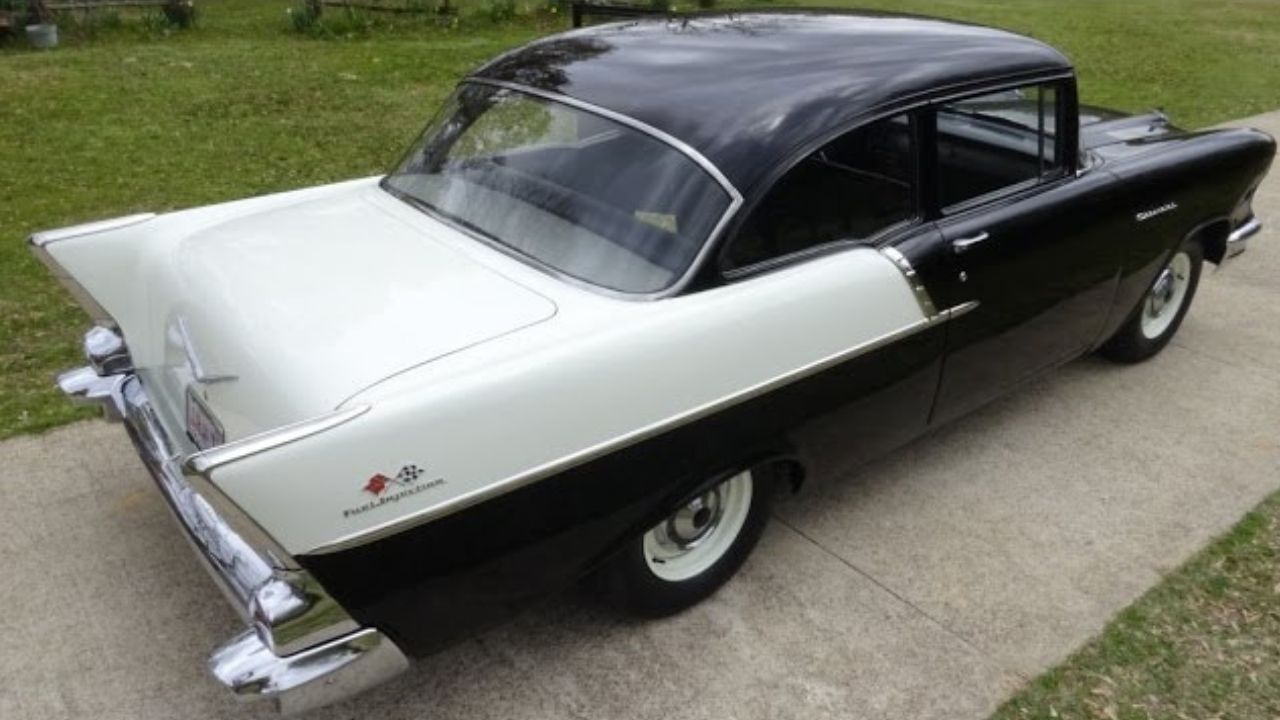
Only six 150 utility sedans were transformed by SEDCO for NASCAR’s 1957 season, sent to top drivers like Buck Baker and Rex White. Each cost ~$1,500 to modify, far from stock. Clones are common today, thanks to Chevy’s Stock Car Competition Guide spreading the recipe.
These rare cars went to select teams, not showrooms. While some sources mention a few convertibles, the core six sedans were the heart of Chevy’s secret plan, built to win and nothing else.
Lightest Chevy as the base
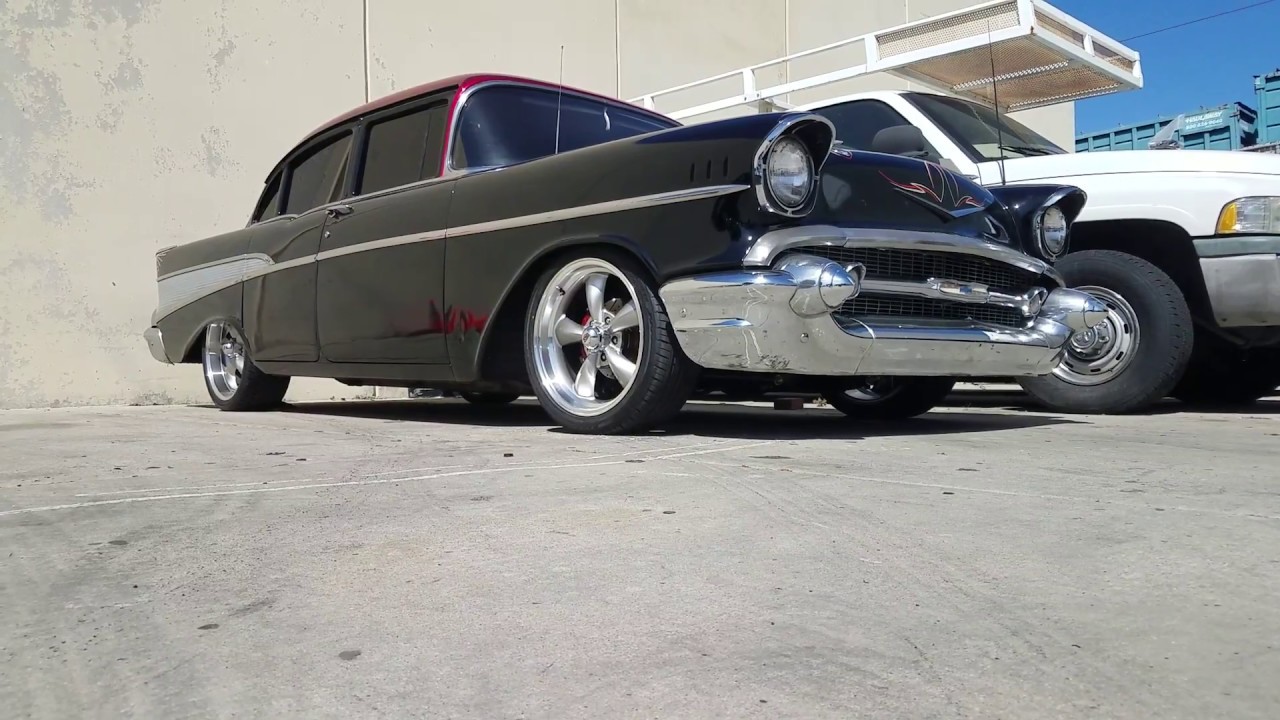
The Black Widow started with the 150 utility sedan, Chevy’s leanest 1957 model at ~3,150 lbs. No rear seat, radio, or armrests—stripped to save ~100 lbs vs. a Bel Air. The black-and-white paint, costing ~$100, kept it simple, with minimal chrome for rigidity.
This bare-bones setup, priced at $1,985 stock (~$22,000 today), was perfect for racing. Its steel body and 115-inch wheelbase gave teams a solid foundation to handle NASCAR’s brutal tracks.
Fuel-injected 283 V8 power
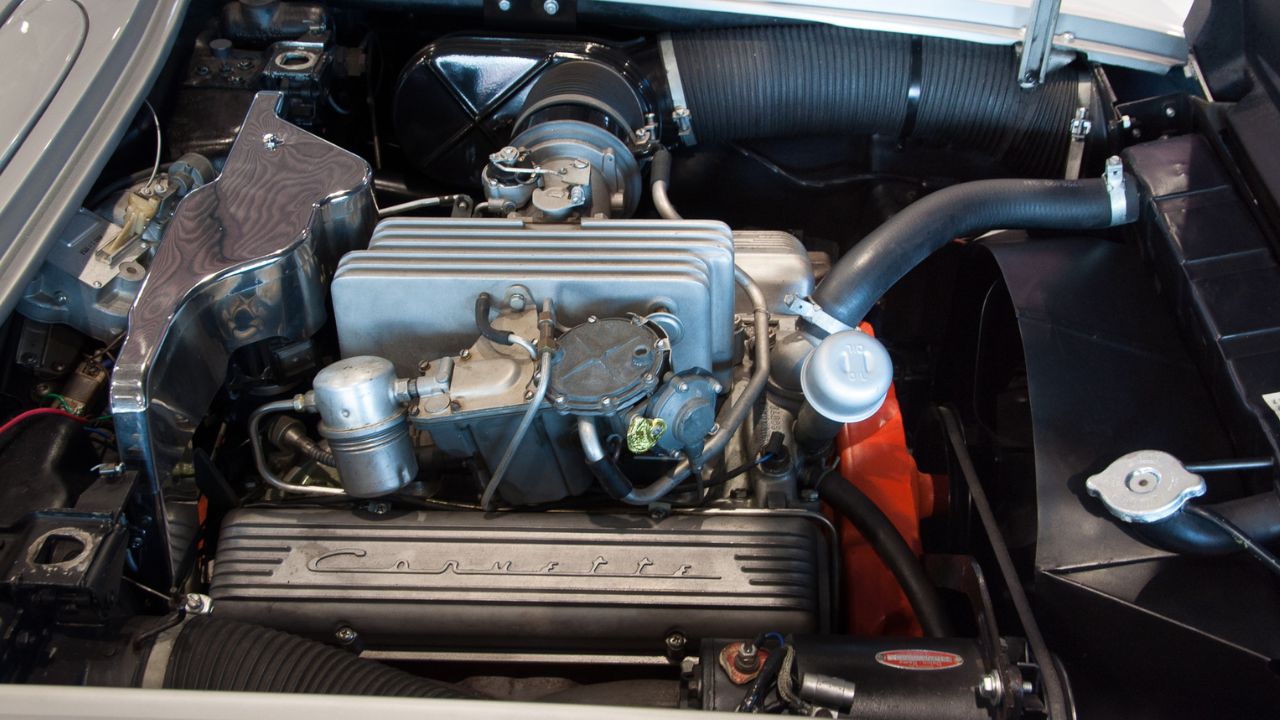
The heart was a 283-cubic-inch V8 with Rochester Ramjet fuel injection, making 283 hp and 290 lb-ft for $550. Blueprinted, it hit ~315 hp. A 3-speed manual, costing ~$200, sent power to the rear. NASCAR banned fuel injection in April 1957, forcing a carburetor swap (250 hp).
The system’s quick response gave early wins, though tuning was tricky. It outran Ford’s 312 V8, proving Chevy’s small-block could punch above its weight.
Track-ready suspension and brakes
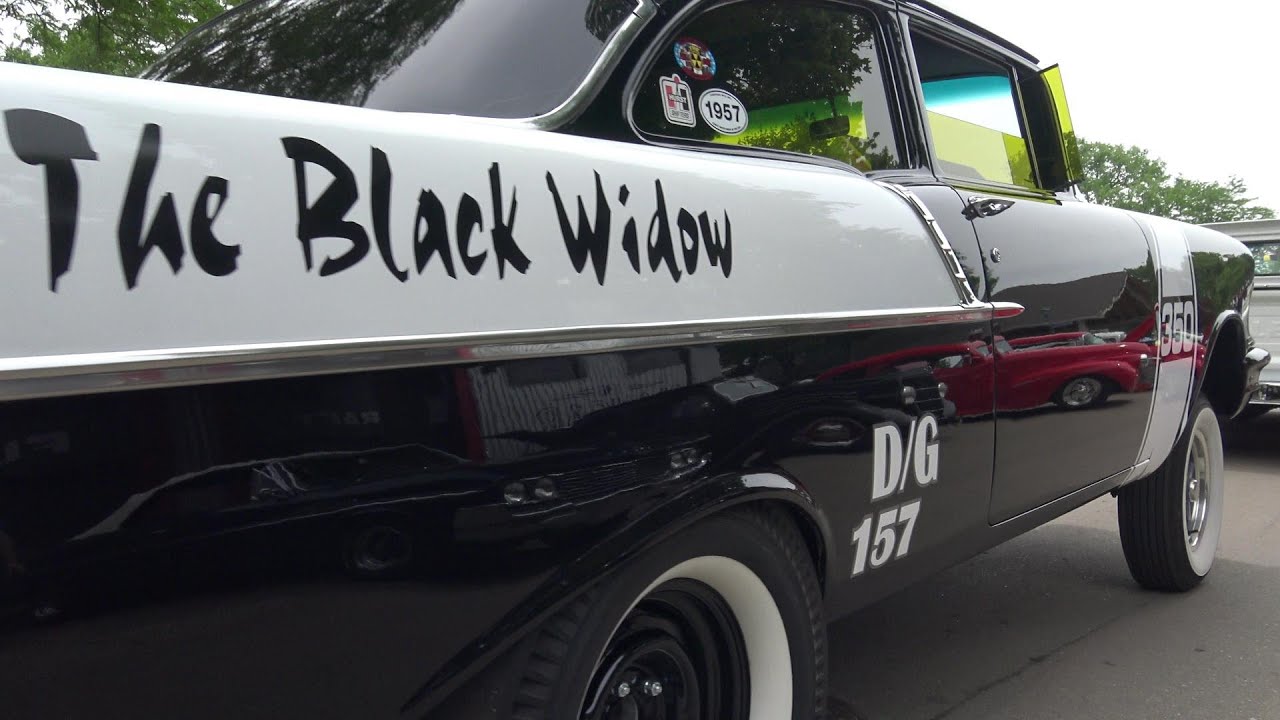
The Black Widow got heavy-duty torsion bars up front, leaf springs in the rear, and extra shocks ($150 total). A front anti-sway bar ($50) sharpened handling on the 115-inch frame. Six-lug truck drums with ceram-metallic brakes (~$100) fought fade on long runs.
These upgrades, totaling ~$300, made it a track beast. Unlike stock 150s, it could handle high-speed ovals, giving drivers confidence to push hard in tight corners.
Truck wheels for durability

SEDCO fitted six-lug steel wheels and 11-inch drums from Chevy’s truck line (~$100 cost). These weren’t for looks but for surviving 150-mph NASCAR races. The beefy hubs and drums handled heat and stress better than stock five-lug setups.
Paired with a heavy-duty 3.90:1 rear end, the wheels kept the Black Widow planted. They were critical for long races like Darlington, where weaker components would’ve buckled.
Tuned for Sunoco 260 fuel
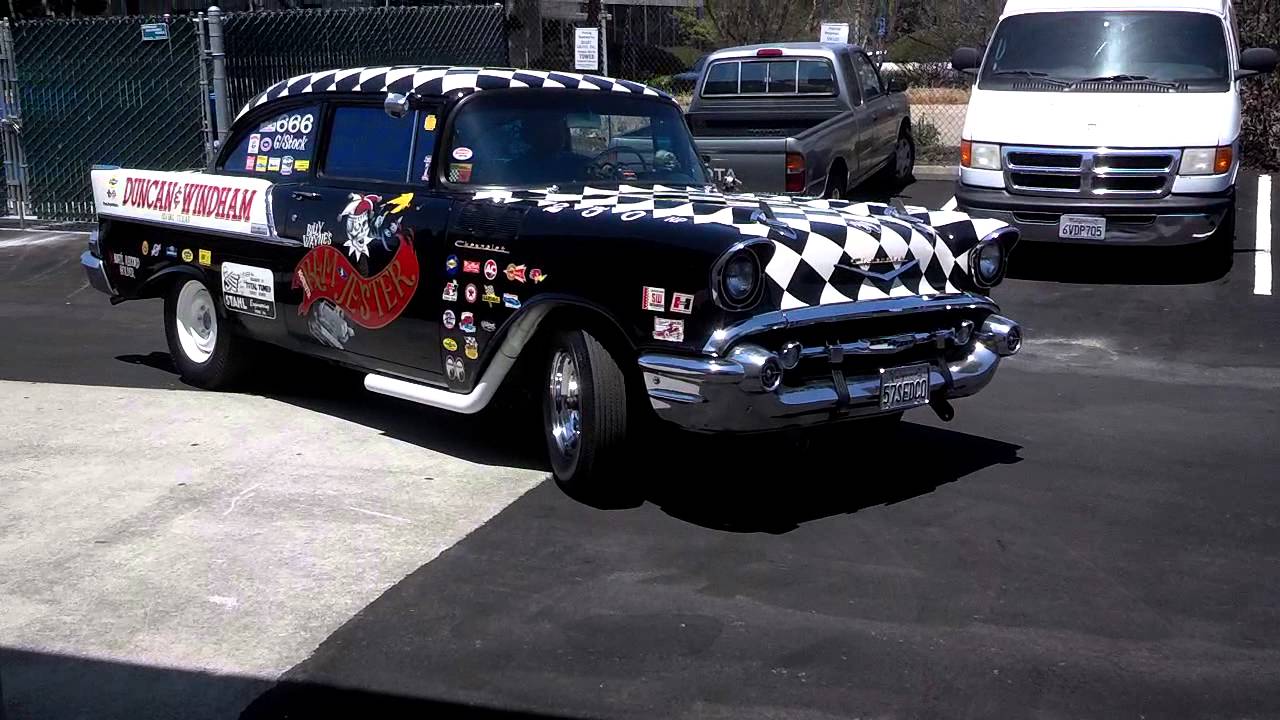
The 283 V8’s 9.5:1 compression ran best on Sunoco 260 high-octane fuel (~$0.50/gallon), preventing detonation. After the fuel injection ban, carbureted Black Widows still used Sunoco 260 for reliability. Teams could use other high-octane fuels, but Sunoco was the go-to.
The 20-gallon tank (~$50 upgrade) ensured range for NASCAR’s longer races. The fuel setup kept the small-block cool and consistent, even under race-day punishment.
Banned after dominating 1957
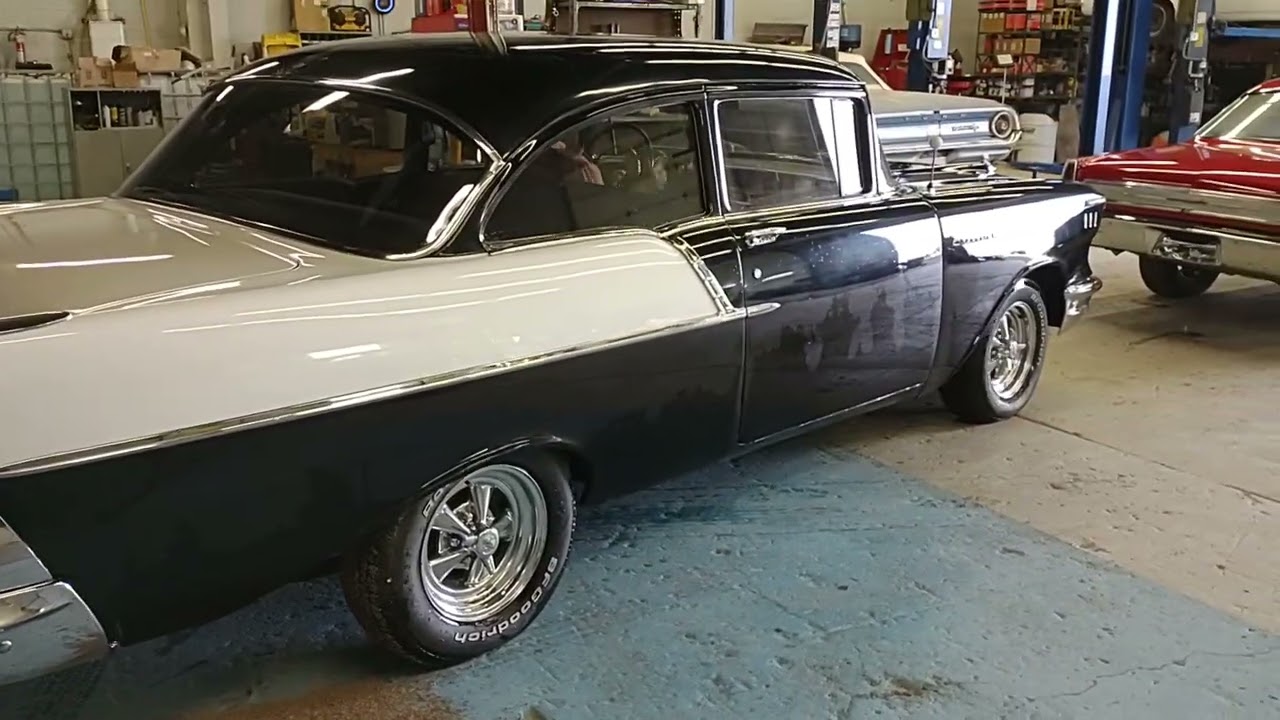
NASCAR banned fuel injection in April 1957, citing cost ($550 vs. $50 for carbs) and low production (~7,800 fuel-injected Chevys). The Black Widow’s 16 wins, including Buck Baker’s championship, sparked the rule. Ford and Chrysler’s complaints likely added pressure.
The AMA’s racing ban also loomed, forcing Chevy to pull back. The Black Widow’s edge—light weight, high power—made it a target, ending its run by season’s close.
Convertible race confusion
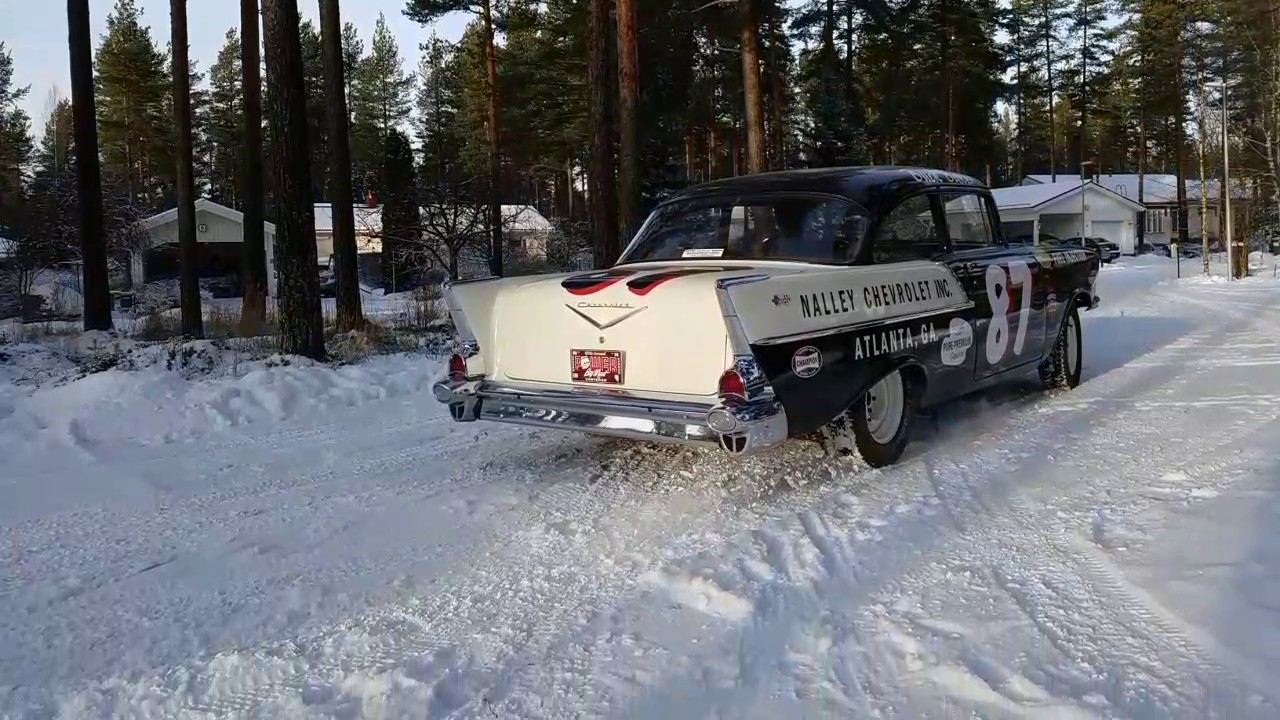
The claim of a Black Widow winning NASCAR’s first convertible race at Daytona in 1957 is off. Curtis Turner won in a 1956 Ford convertible. SEDCO built 6-7 convertibles, but no sedan or convertible Black Widow took that race. The car’s 16 Grand National wins showed its strength.
Its balance and 283 V8 shone on Daytona’s sandy course, but the convertible win story seems to be a mix-up with its oval dominance.
Rare survivors today
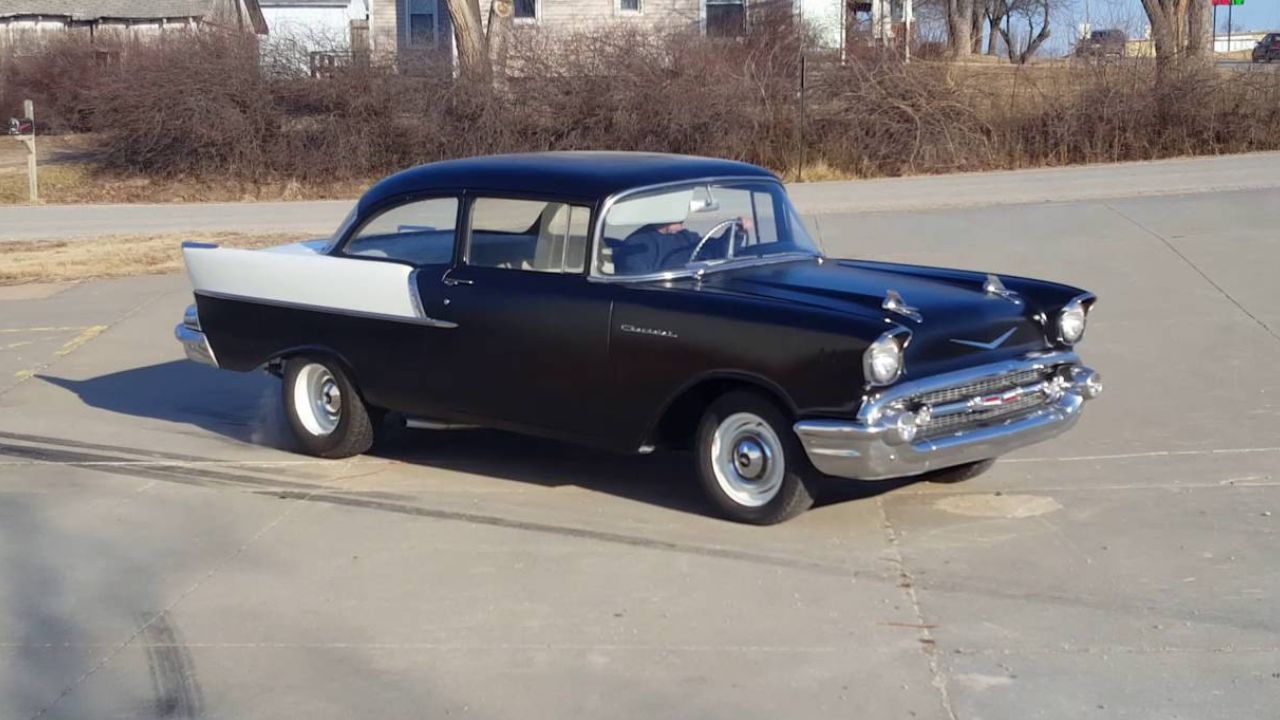
Of the six Black Widows, 1-2 survive, like the “Ram Jester” at Petersen Museum. Valued at $150,000-$250,000 (Mecum, 2017), they’re restored to concours quality. Clones are common, as the Stock Car Competition Guide let teams replicate them. Factory docs and titles to Hugh Babb are scarce.
Survivors are prized for their role in Chevy’s 1957 championship. Finding an original requires ironclad provenance, making them holy grails for collectors.
Like Fast Lane Only’s content? Be sure to follow us.
Here’s more from us:
*Created with AI assistance and editor review.

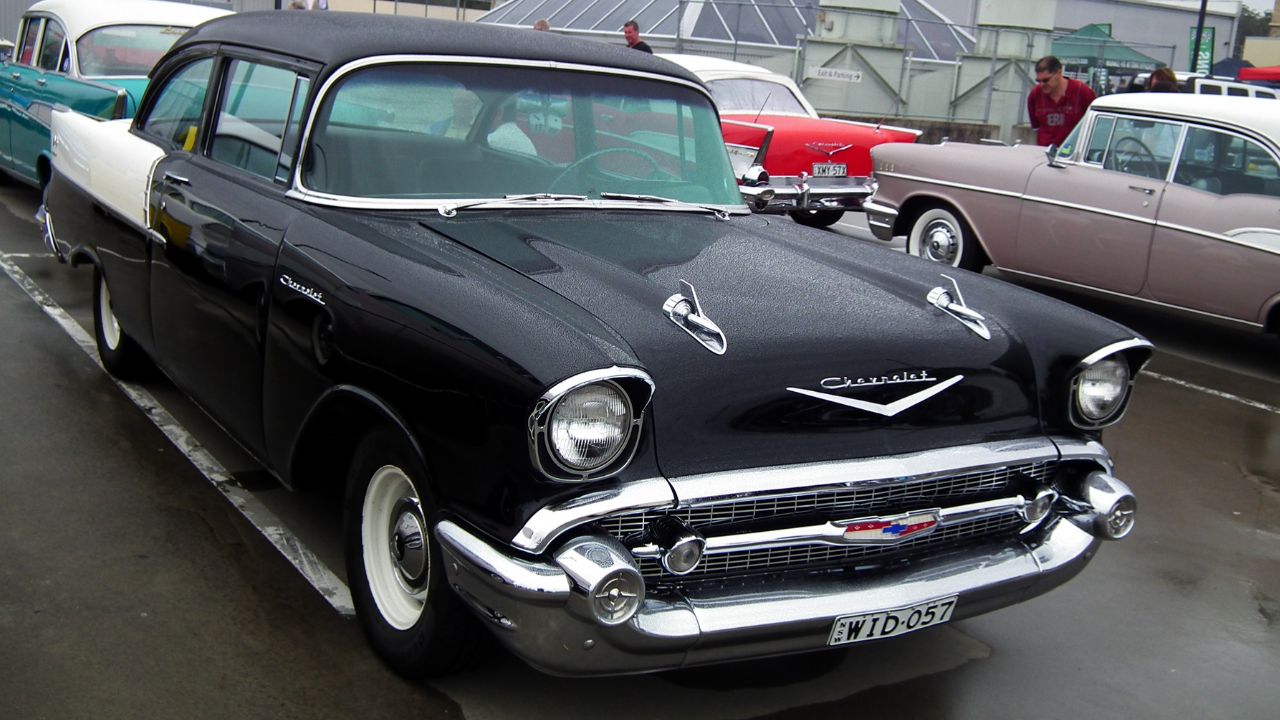
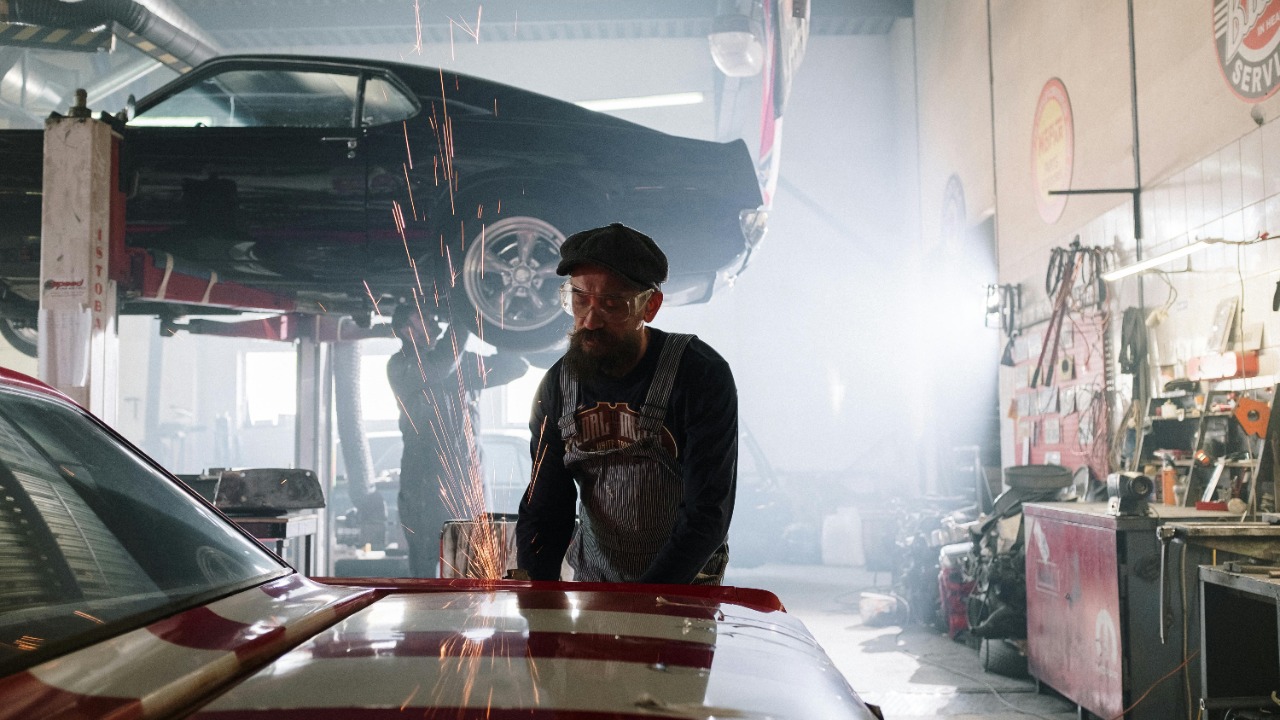
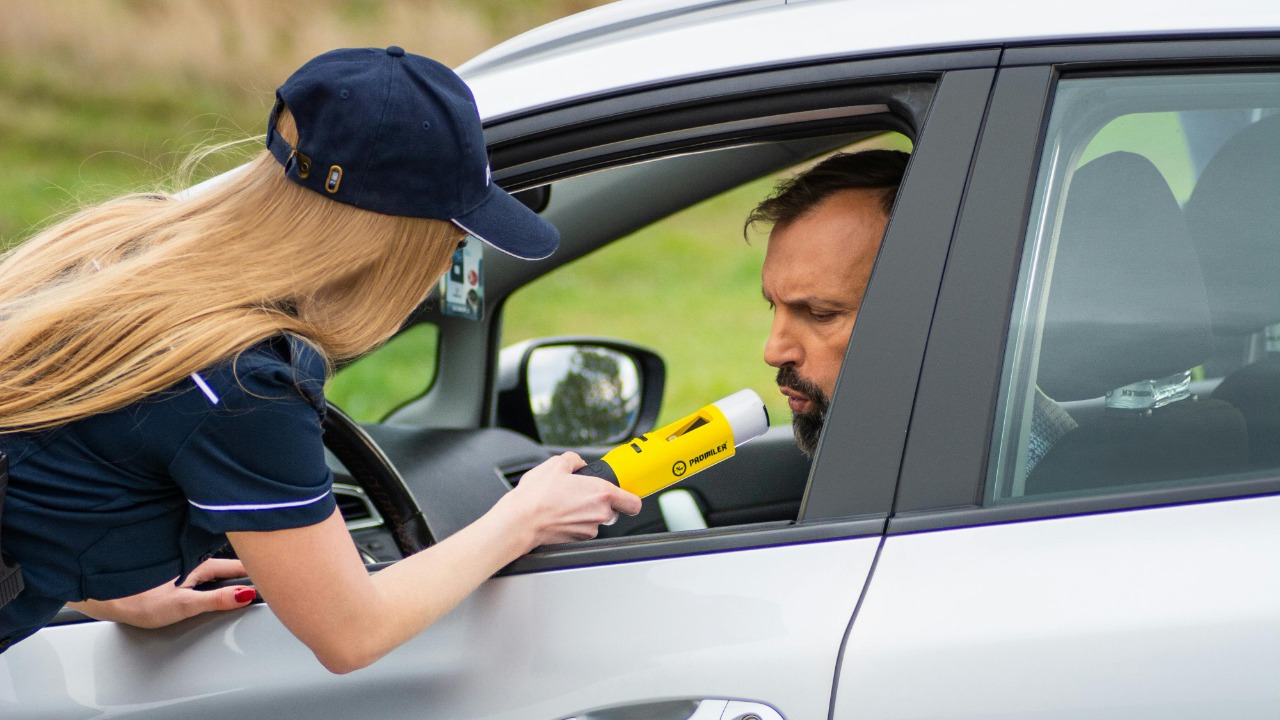
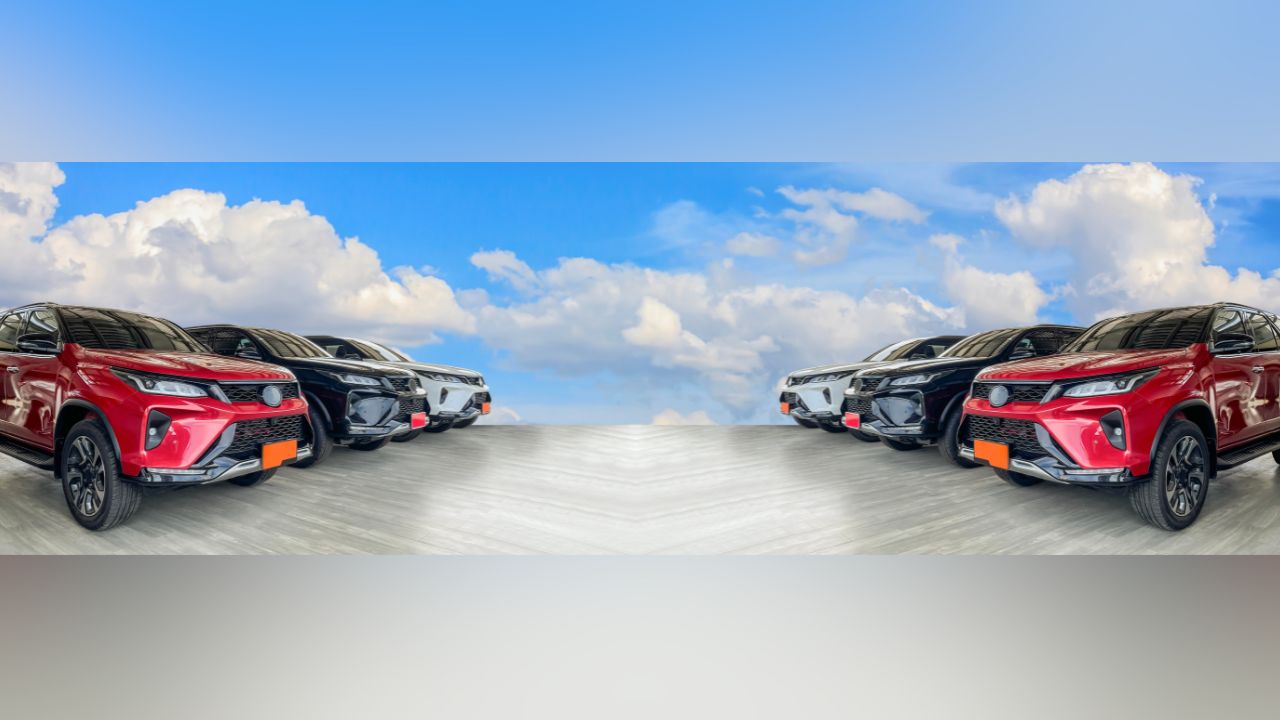
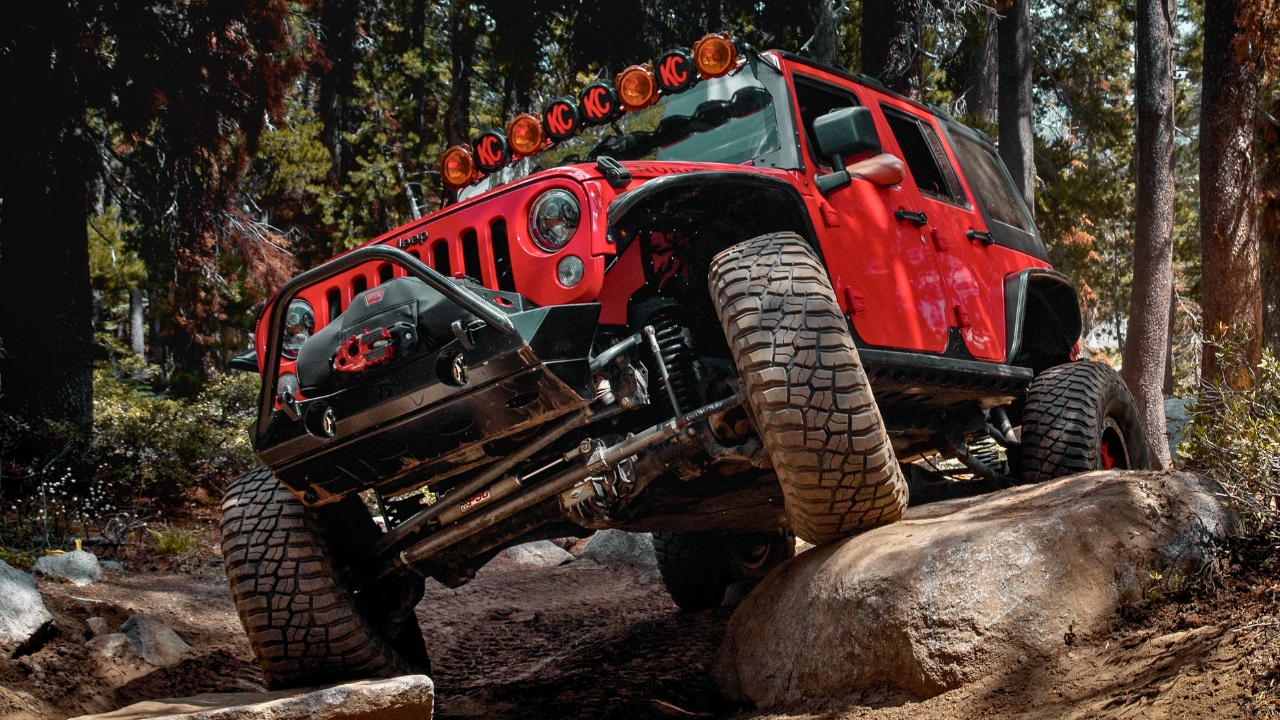
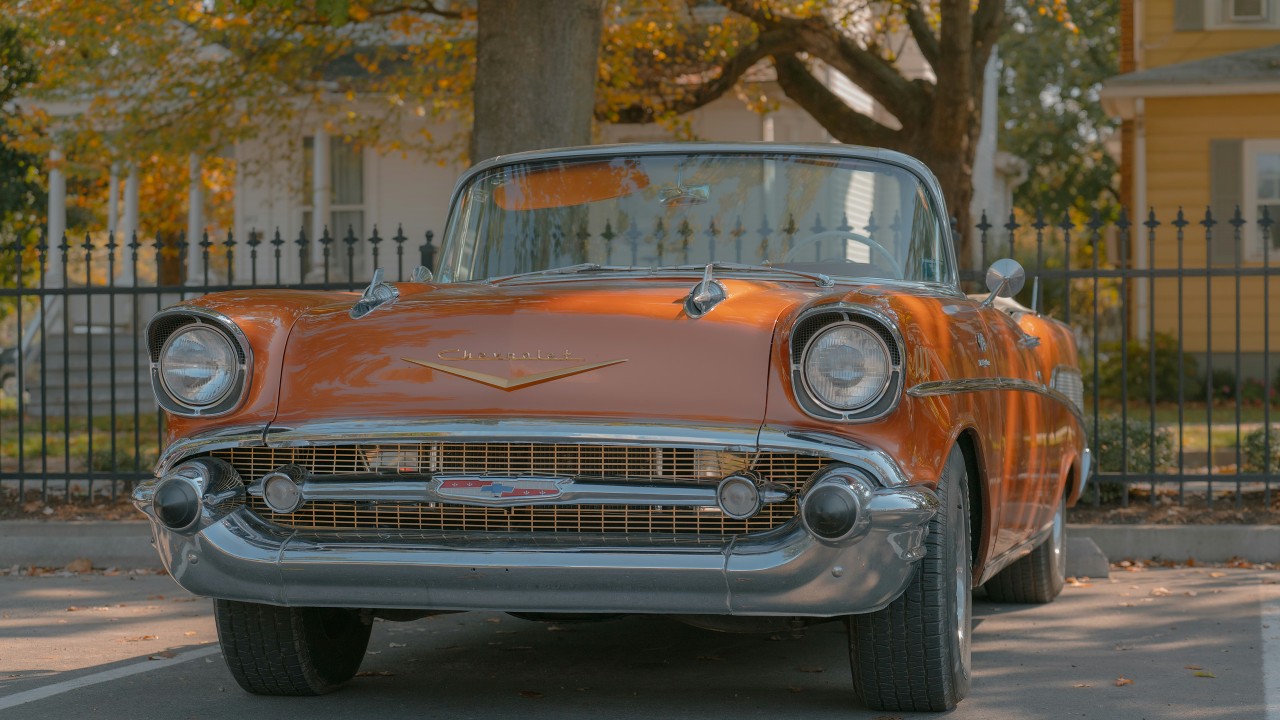
Leave a Reply